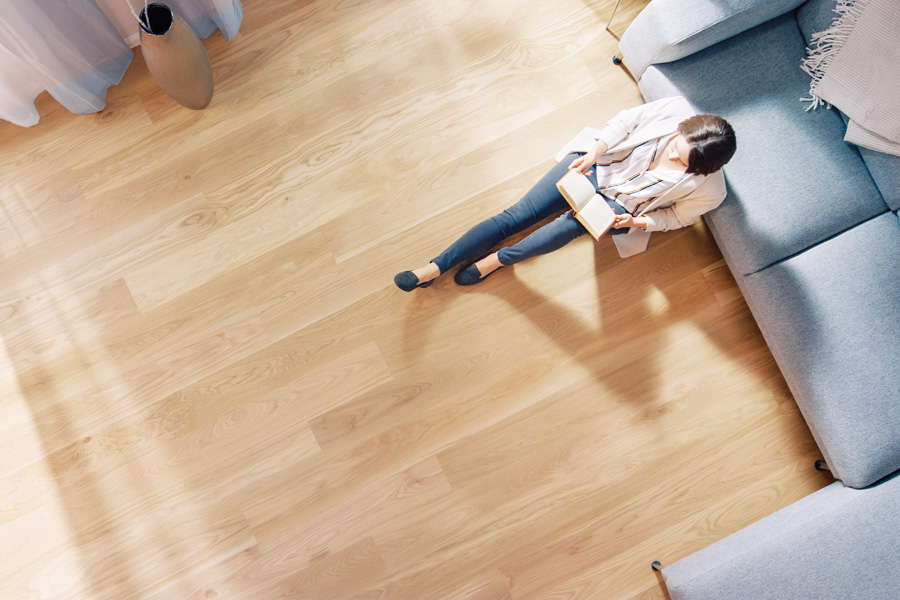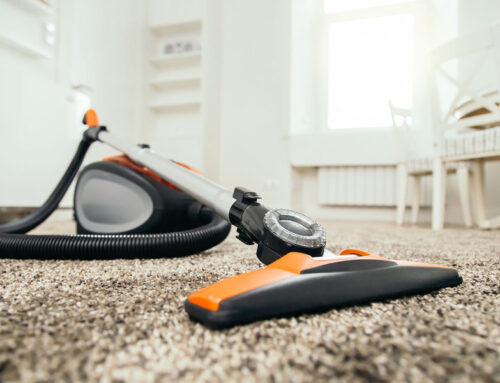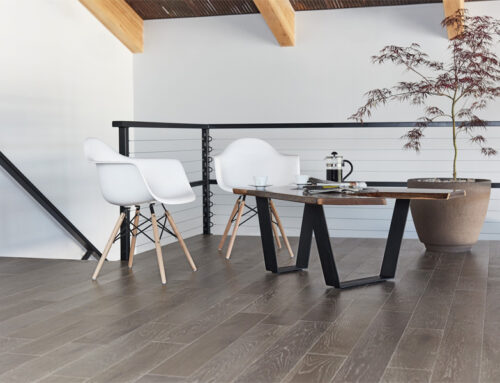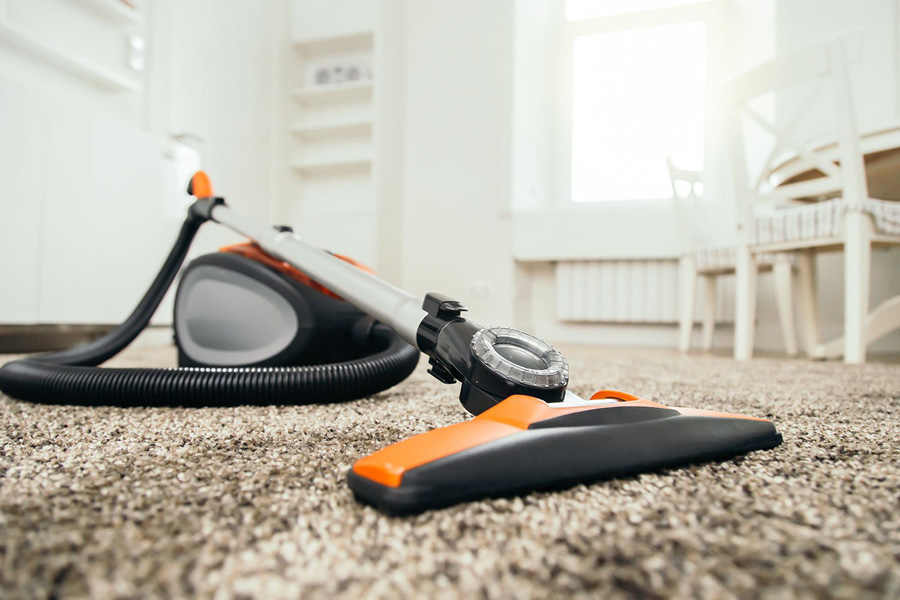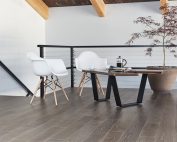With green initiatives dominating the construction space and countless conversations focused on pollution and deforestation, today’s modern homes are being built and renovated with the environment in mind. Having a sustainable home is no longer out of reach, in fact creating a green and eco-friendly house is becoming the trendy thing to do. The easiest way to add sustainable materials into your home is through your choice of floor material.
Luckily, for today’s renovators and builders there is one product on the market that is not only beautiful but a great eco-friendly choice. With its countless color selections, style choices, and grains that mimic real hardwood, engineered wood is the “greenest” pick when it comes to environmentally friendly flooring. Not only is engineered wood more cost effective and easier to maintain, its sustainability and green production makes it our clear first choice for modern flooring.
What makes a floor sustainable?
To be labeled as sustainable, a floor must be made of natural, renewable materials that are durable and hold up to time. The manufacturing processes to create the flooring must also be green. This means they must lack of harmful emissions towards the environment. Over its life cycle the floor cannot detract from environmental, economic, and health benefits in any way. This means from harvesting to production, use and disposal the material must remain green throughout its entire existence.
What is Engineered Wood?
Engineered wood is made from natural materials and is comprised of two parts, the veneer, and the core. The veneer is a thin layer of solid wood on top of a composite core. This is the outmost layer that you can feel and touch. It can be made to look like wood, because it is wood – albeit a much thinner layer than a plank of traditional solid-wood flooring. Beneath the veneer is the core. The core is made up of multiple layers of backing giving the flooring stability and strength. It can be made of plywood, or medium to high density fiberboard depending on maker. Many times, the core is made up of recycled materials.
Sustainability in Mind
Because engineered floor use only a thin veneer of wood on top of a composite core, less trees are felled during manufacturing. Less solid wood equals less waste, less waste means a lower impact on the environment. Wood itself is very susceptible to the outside environment. It can swell or shrink due to humidity and holds up moderately well to moisture and standing water. Because engineered wood is made from more than just solid planks and treated materials, it can be very durable and hardwearing.
Engineered flooring is also considered carbon neutral since creating it consumes fewer fossil fuels to create than carpet or vinyl and is a healthier option since only low toxicity glues are used during its creation. Most scraps are recycled into wood chips, sawdust, or burned for clean bioenergy rather than heading to landfills. There are also numerous sustainability practices that are utilized in the manufacturing process.
So how do you know if your engineered wood is truly environmentally friendly? We’ve put together a few engineered wood certifications to look out for:
- FSC Certification: This shows the stages for processing the flooring take responsibility for the environment. An example of this would be a company that recycles all their waste products or only uses wood from sustainable forests.
- FloorScore: This is a hard surface flooring certificate that ensures the flooring meets indoor air quality requirements. They test for formaldehyde, acetaldehyde, and other organic chemicals with established Chronic Reference Exposure Levels.
- Indoor Air Advantage Gold: This certification ensures full compliance with standards regarding Volatile Organic Chemical Emission-based standard for indoor air quality.
- GREENGUARD Gold: This certifies the product emits low levels of VOCs – aka off gassing.
Use these guidelines when sourcing materials for your next project or simply make an appointment with one of our flooring specialists. Modern engineered wood is a great option for green homes and falls within the LEED certification coveted by many builders.


